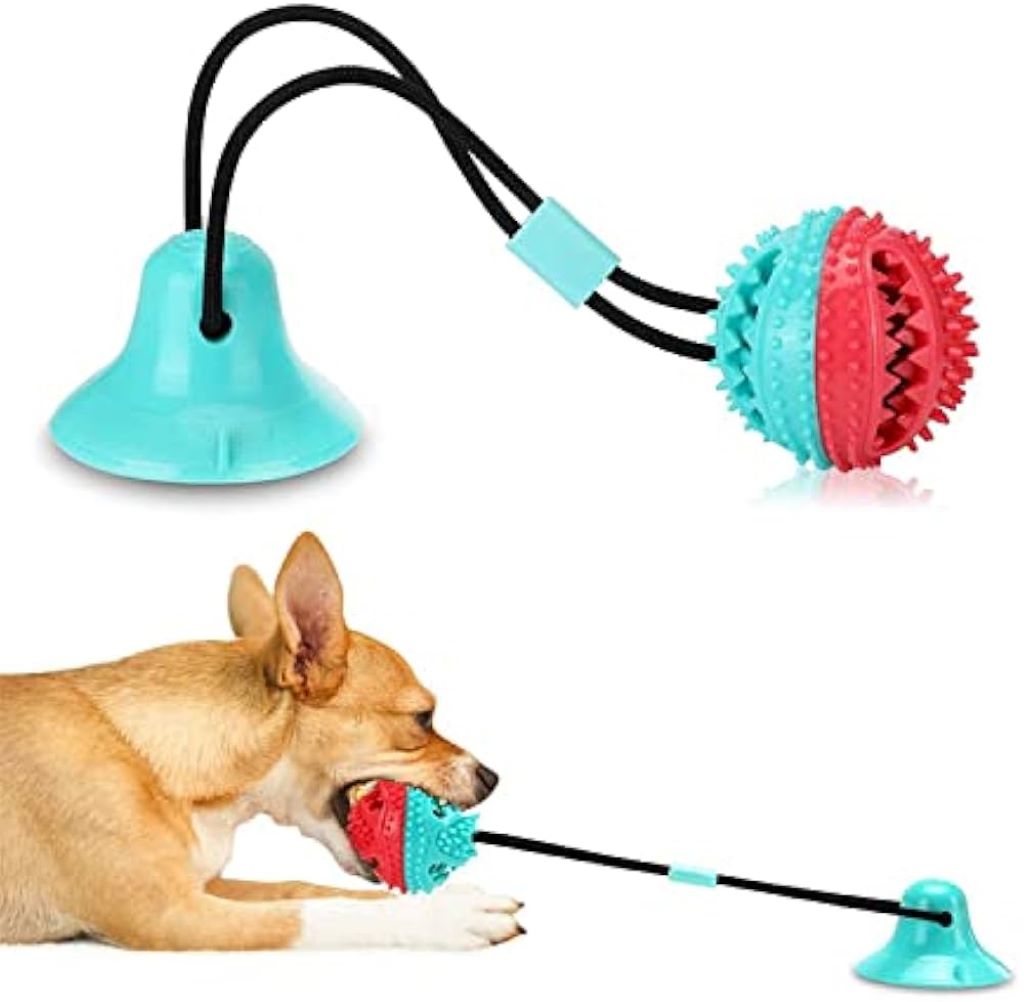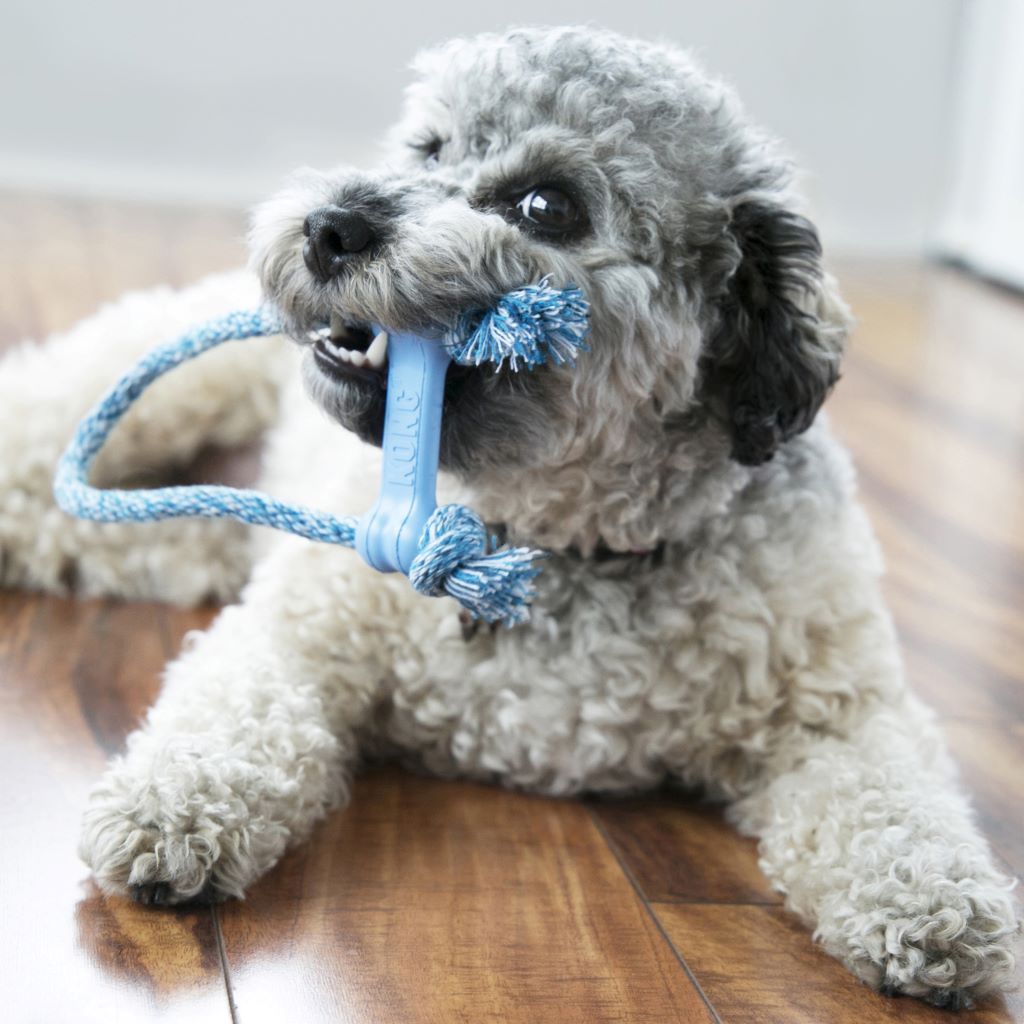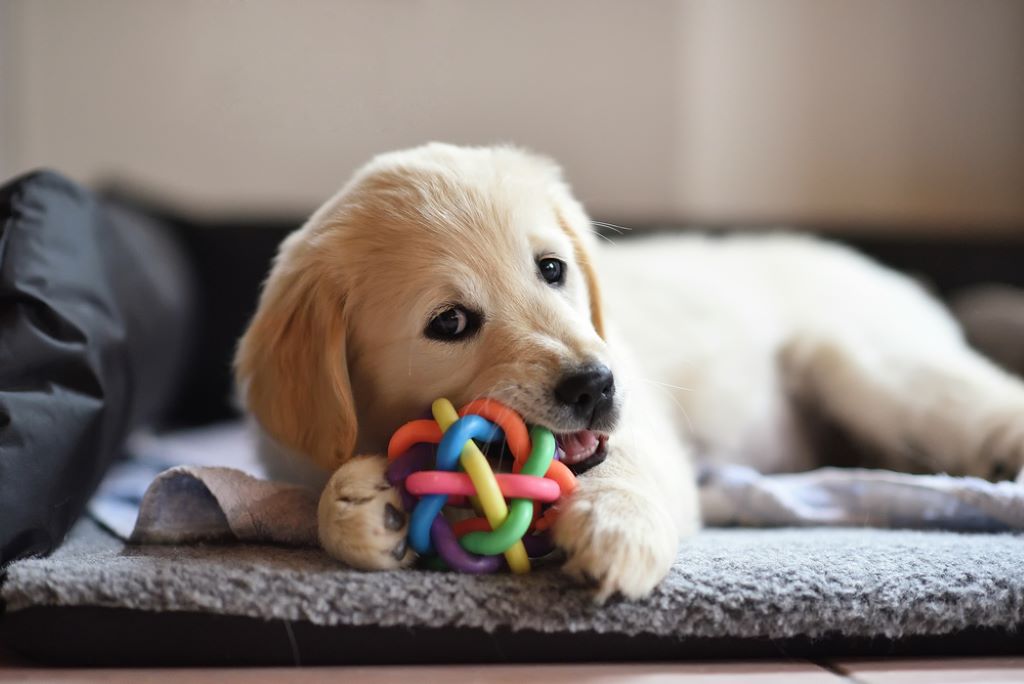Bringing a new puppy into your home is a joyous occasion, but it’s important to be prepared for the teething phase. As your puppy’s adult teeth emerge, they will experience discomfort and a strong urge to chew. Teething chew toys offer relief and help prevent destructive chewing behaviors. In this comprehensive guide, we will explore the importance of teething chew toys, factors to consider when choosing them, different types available, safety tips, and more.
Teething Chew Toys for Puppies: The Teething Phase in Puppies
Puppies typically start teething around 3-4 months of age. This phase can last for several months, during which their baby teeth fall out and are replaced by permanent teeth. During this time, puppies experience sore gums and an instinct to chew. Providing appropriate chew toys is essential to help them manage discomfort and redirect their chewing urges.
Teething Chew Toys for Puppies: The Importance of Teething Chew Toys
- Pain Relief: Teething chew toys for puppies provide a safe and satisfying outlet for your puppy’s urge to chew, helping to soothe their sore gums and alleviate discomfort.
- Prevent Destructive Chewing: When puppies don’t have appropriate chew toys, they may resort to chewing on furniture, shoes, or other household items. Teething chew toys can help prevent destructive chewing behaviors and protect your belongings.
- Promote Dental Health: Chewing on teething toys can help remove plaque and tartar buildup, promoting good oral hygiene and reducing the risk of dental problems later in life.
- Mental Stimulation: Chewing is a natural and enriching activity for puppies. Teething chew toys for puppies provide mental stimulation and help prevent boredom, which can lead to behavioral issues.
Factors to Consider When Choosing Teething Chew Toys

When selecting teething chew toys for puppies, it’s important to consider several factors to ensure they are safe, effective, and enjoyable:
- Size and Shape: The size and shape of the chew toy should be appropriate for your puppy’s breed and size. It should be large enough to prevent swallowing but small enough for them to comfortably hold and chew.
- Material: Teething chew toys are made from various materials, each with its benefits and considerations. Common materials include rubber, nylon, silicone, and natural options like antlers and bully sticks.
- Durability: Puppies can be vigorous chewers, so it’s important to choose durable chew toys that can withstand their chewing habits. Avoid toys that can easily be shredded or broken into small pieces, which can pose a choking hazard.
- Texture: Different textures can provide varying levels of stimulation and relief for your puppy’s gums. Some puppies prefer softer textures, while others enjoy firmer options.
- Safety: Ensure the chew toy is made from non-toxic materials and doesn’t contain any small parts that could be swallowed.
- Ease of Cleaning: Regular cleaning is important to maintain the hygiene of chew toys. Choose options that are easy to clean and disinfect.
Teething Chew Toys for Puppies: Types of Teething Chew Toys
- Rubber Chew Toys: Rubber teething chew toys for puppies are a popular choice for their durability and variety of textures. They often come in different shapes and sizes, with features like raised bumps or ridges to massage gums.
- Nylon Chew Toys: Nylon chew toys are known for their strength and longevity. They are often flavored or infused with scents to attract puppies and encourage chewing.
- Silicone Chew Toys: Silicone teething chew toys for puppies are soft and flexible, making them a good option for puppies with sensitive gums. They are also easy to clean and often dishwasher-safe.
- Natural Chew Toys: Natural chew toys like antlers, bully sticks, and Himalayan chews offer a more primitive chewing experience. They are long-lasting and can provide hours of entertainment.
- Freezable Chew Toys: Freezable chew toys can be filled with water or treats and frozen to provide additional soothing relief for your puppy’s gums.
- Interactive Chew Toys: Interactive chew toys, such as puzzle feeders or treat-dispensing toys, engage your puppy’s mind and provide a rewarding chewing experience.
Safety Tips for Teething Chew Toys for Puppies
- Supervision: Always supervise your puppy when they are playing with chew toys, especially with new toys or those that can be broken into smaller pieces.
- Regular Inspection: Regularly inspect chew toys for signs of wear and tear. Discard any toys that are damaged or have small parts that could be swallowed.
- Variety: Offer your puppy a variety of chew toys to prevent boredom and keep them engaged.
- Rotate Toys: Rotate your puppy’s chew toys regularly to maintain their interest and prevent them from becoming fixated on a single toy.
- Avoid Aggressive Chewing: If your puppy exhibits aggressive chewing behaviors or tries to swallow large pieces of a chew toy, redirect their attention to a more appropriate option.
- Consult Your Veterinarian: If you have any concerns about your puppy’s teething or chewing habits, consult your veterinarian for guidance and recommendations.
Additional Tips for Managing Puppy Teething
- Cold Compresses: Applying a cold compress or offering frozen treats can help soothe your puppy’s gums and provide temporary relief.
- Teething Gels: Teething gels specifically formulated for puppies can be applied to their gums to numb the area and reduce discomfort.
- Distraction and Redirection: If your puppy starts chewing on inappropriate items, distract them with a chew toy or redirect their attention to a more acceptable activity.
- Positive Reinforcement: Reward your puppy for chewing on their designated chew toys to reinforce good behavior and discourage destructive chewing.
Related: Best Chew Toys for Puppies: Vet-Recommended Picks for Happy, Healthy Chompers
Conclusion
Teething chew toys for puppies is an essential tool for managing your puppy’s teething phase. They provide pain relief, prevent destructive chewing, promote dental health, and offer mental stimulation. By choosing appropriate chew toys and following safety guidelines, you can ensure a comfortable and enjoyable teething experience for your furry companion.
Remember: Always supervise your puppy when they are playing with chew toys and consult your veterinarian if you have any concerns about their teething or chewing habits. With the right teething chew toys for puppies and a little patience, you can help your puppy navigate this important developmental stage and set them up for a lifetime of good oral health and happy chewing.




